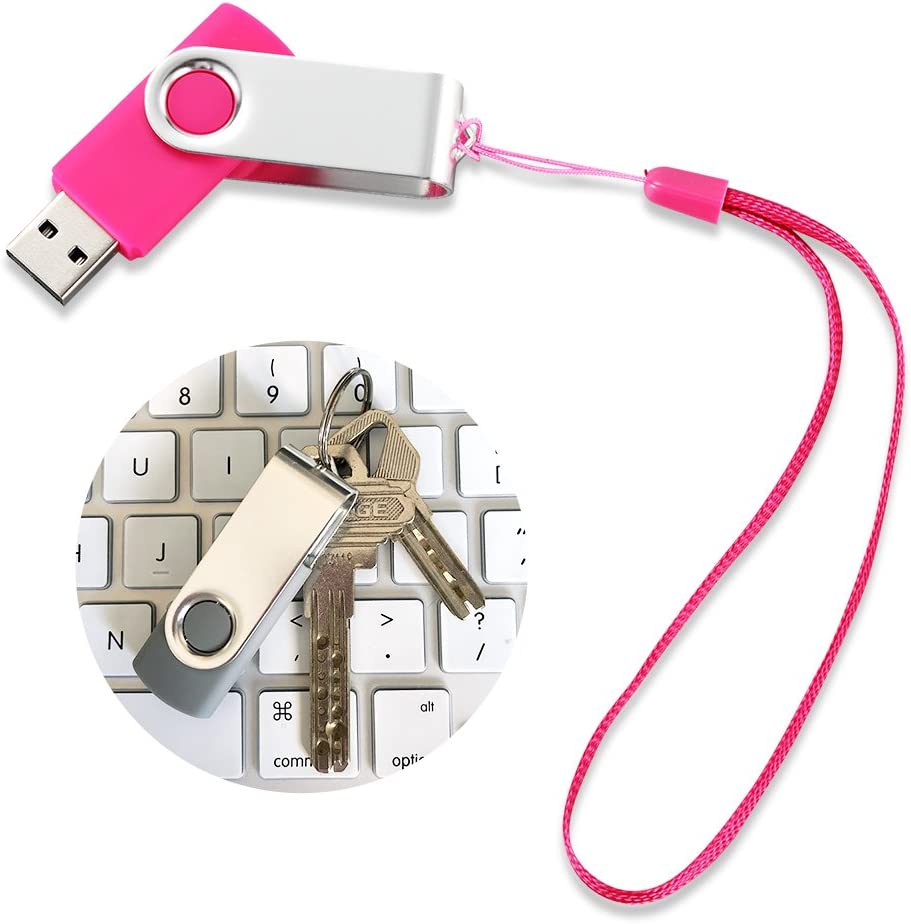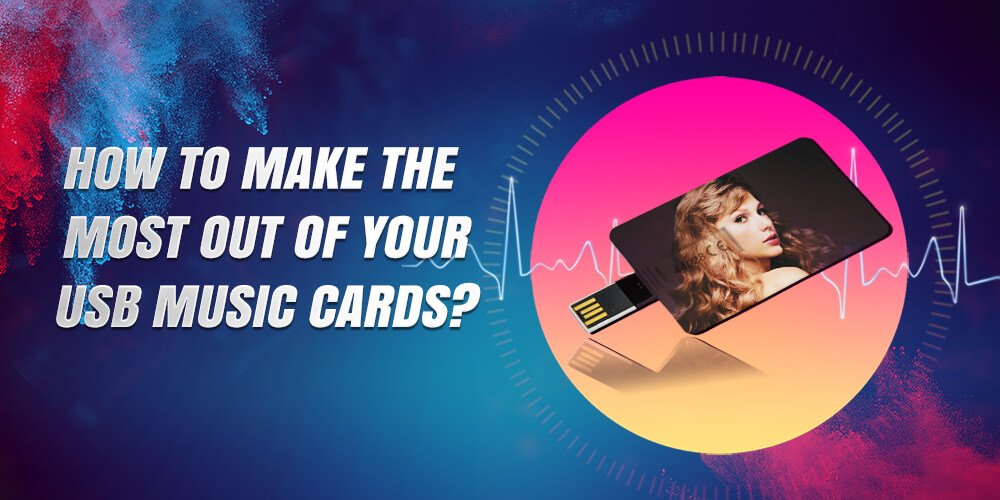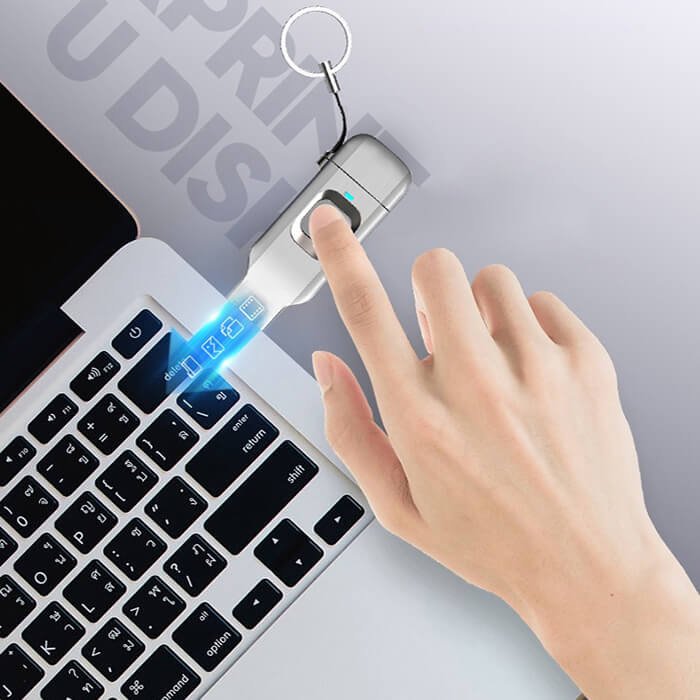The swivel USB drive is the most classic design among flash drive styles. So how do you use a swivel USB drive? Simply follow these steps: Rotate the drive clip to expose the USB port → Connect to your device → Read or write files → Safely eject → Rotate to store. This method is easy to use and protects the port. The video below demonstrates how to operate it, with detailed step-by-step instructions as follows:

1.Prepare a rotating USB drive
(1)Verify USB Drive Condition: Inspect the USB drive for any physical damage. Ensure rotating components (360° rotating casing) operate smoothly without any sticking or looseness.
(2)Confirm Device Interface: Rotating USB drives typically feature a USB-A port (traditional rectangular connector), while some models include dual USB-C ports. Pre-check whether the interface matches your computer, TV, car entertainment system, or other devices (use an adapter if interfaces are incompatible).
2.Rotate the USB drive clip to expose the port
Hold the fixed end of the USB drive and rotate the swivel port end clockwise or counterclockwise 90°-180° until the USB port is fully exposed (no need to remove the casing—simply rotate to unfold; this is the core design feature of a swivel USB drive).
(1)Connecting Devices (Core Steps)
①Insert into device port: Align the exposed USB port with your computer or phone’s USB port (note orientation: USB-A ports have a “notch”—align it with the device port’s raised edge; USB-C ports are reversible). Gently insert until fully seated (avoid excessive force to prevent port damage).
②Verify successful connection: After insertion, your computer will display a “Removable Disk” icon (viewed in “This PC” for Windows systems, or on the ‘Desktop’ or in “Finder – Sidebar” for Mac systems). Some devices (e.g., car systems, TVs) will show a “USB device connected” prompt, indicating successful connection.
(2)Reading and writing files (copy / paste / delete)
①Accessing Files: Double-click to open the “Removable Disk” to view documents, photos, videos, and other files on the USB drive. Double-click any file to open it directly (if opening fails, it may be due to incompatible file formats or missing software on the device).
② Copy files to the USB drive: On your computer, select the files you want to save (click a single file directly, or hold down the Ctrl key to select multiple files). Right-click and choose “Copy.” Then open the USB drive’s “Removable Disk,” right-click and select “Paste.” Wait for the progress bar to complete (paste speed depends on file size and the USB drive’s transfer rate).
③Copy files to your computer: Select files on the USB drive, right-click “Copy,” then open the target folder on your computer (e.g., “Desktop,” ‘Documents’), right-click “Paste.”
④Deleting files: Select the unwanted files on the USB drive, right-click and choose “Delete,” or press the Delete key on your keyboard. Click ‘OK’ in the confirmation window that appears (deleted files can be recovered from the computer’s “Recycle Bin”; however, they cannot be recovered if the Recycle Bin is emptied. Exercise caution when performing this operation).

(3)Safe ejection and storage
①Safely Remove: After use, you can directly unplug the USB drive, though we recommend safely removing it (direct removal may cause file corruption or USB drive formatting failure). Correct procedure:

◦Windows: Locate the “USB Device” icon in the lower-right taskbar (click the upward arrow to expand if hidden). Right-click and select “Safely Remove Hardware and Eject Media.” Wait until the prompt “It is now safe to remove the device” appears before disconnecting the USB drive.
◦Mac OS: Right-click the USB drive icon on your desktop or in Finder, select “Eject ‘XXX’ (where XXX is the drive name)”, and wait until the icon disappears before removing the USB drive.
②Rotate the storage port: After removing the USB drive, rotate the exposed USB port back into its housing until it is fully enclosed (this prevents dust, scratches, or water ingress, extending its lifespan).
3.Important Notes
- (1) Do not remove the USB drive while transferring files, as this may cause file corruption or USB drive errors.
- (2) Avoid leaving the USB drive connected to a device for extended periods (especially in high-temperature environments like a hot car or near a computer tower), as this may shorten the USB drive’s lifespan.
- (3) Regularly back up important files on your USB drive to prevent data loss from damage (e.g., water exposure, drops).
- (4) If the USB drive isn’t recognized after connection, try switching ports, restarting the device, or checking if the drive has been formatted (formatting erases all data—proceed with caution).




